Moonlighting with Shakespeare
Blogs
04.18.2017
Shows are selling out for the 2025 Midwinter Revels - 10 performances left!
Buy TicketsBlogs
04.18.2017
Hand in hand with fairy grace
Will we sing, and bless this place
These lines spoken by Oberon at the end of A Midsummer Night’s Dream got my attention – the simplicity of the rhyme, the clarity of the job to be done and the dignity of the blessing. They remind me of the traditional lines that the ancient mummers say at the end of their play bringing good luck to the house that they have visited. In 1595 the English mumming tradition had been around long enough for Shakespeare to be familiar with it. Indeed there is a company of rough actors central to Shakespeare’s play and occasionally we hear an echo of a traditional mummers line like Puck’s “I am sent with broom before to sweep the dirt behind the door.”
One of the greatest sources of nourishment in my profession as theatre director derives from the process of working on a Shakespeare play. There is so much of the human life experience to unpack from the verse, thoughts and feelings delivered in such rich and vital language. The eloquence, wit, passion, stinging insults and belly laughs built into the 16th century cultural architecture are all there to be rediscovered by explorers from the 21st century. The process is in harmony with the Revels mission of “Bringing tradition to life.” So when Actors’ Shakespeare Project asked me to choose a play to direct for them I had no difficulty in picking one which bridges our two organizations. A Midsummer Night’s Dream has a reputation as the vanilla ice cream of the Shakespeare canon. It is the most produced of his plays perhaps because it is one of the shortest and easiest to understand. It boasts fairies and young lovers speaking in rhyming couplets, a hilarious play within a play and a happy ending. Because of its plain vanilla popularity and accessibility it is in my opinion frequently underestimated. It is a masterwork.
What drew me to the project initially was the aroma of ritual. Revels audiences know about Midsummer, about going into the woods to collect May blossoms, about seasonal bench marks like the Padstow ‘Oss Ceremony and particularly about mummers plays performed to bring blessings and good luck on the household. Shakespeare’s play was likely first performed as a formal entertainment at the wedding of Elizabeth 1st’s godchild. The Queen reputedly was a wedding guest. Shakespeare even constructed the play in layers like a wedding cake. At the top is the actual marriage ritual, below it his play taking the place of the Epithalamion or wedding poem, then within the play, the wedding of Theseus and Hippolyta, below that the darker dream world of the fairy wood that the young lovers enter and then a lurch into the alarming Freudian world of Bottom’s dream where he is transformed into a donkey and consorts with the Faerie Queen. When we are brought back to the surface we are as disturbed and disoriented as the lovers and thankful for the earthy humor of the “Rough Mechanicals” whose hilarious play within a play restores a sense of reality. Then in a blessing that brings to mind the message of the “Sussex Mummers’ Carol,” Oberon and Titania bless the marriage and the household.
Finally, in an epilogue that again puts us in mind of the mummers and their “medicine” Puck uses the word “mends” no less than four times. His medicine is exemplified in a simple gesture of community that Revels audiences will recognize:
Give me your hands. If we be friends, And Robin shall restore amends.
Special Ticket Offer
Now through April 21, get $30 tickets for May 10 through June 2 weeknight performances, any seat, with code AprilShowersMSND online! Limit two per person. Not applicable to tickets already purchased.
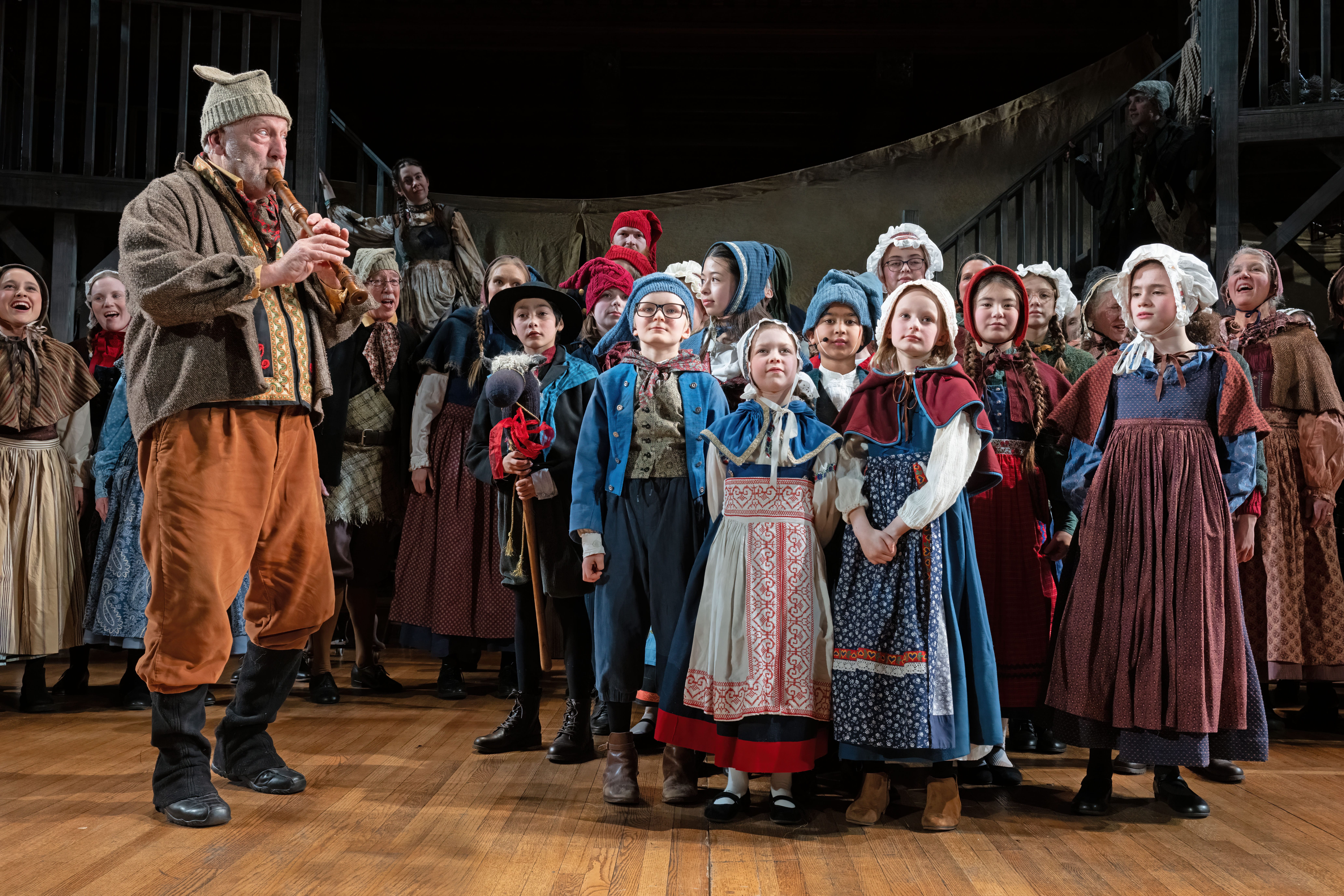
Read More

Read More
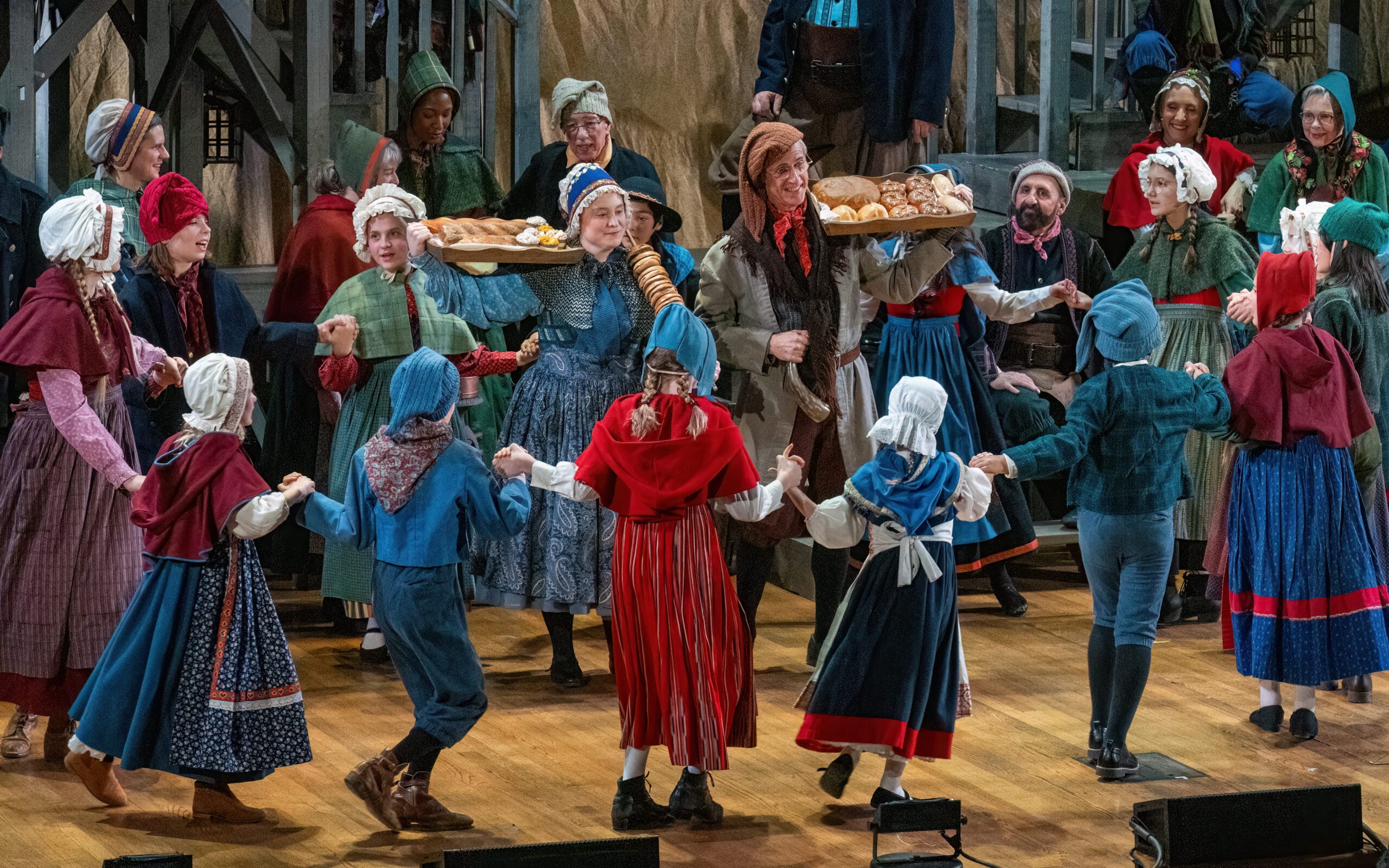
Read More
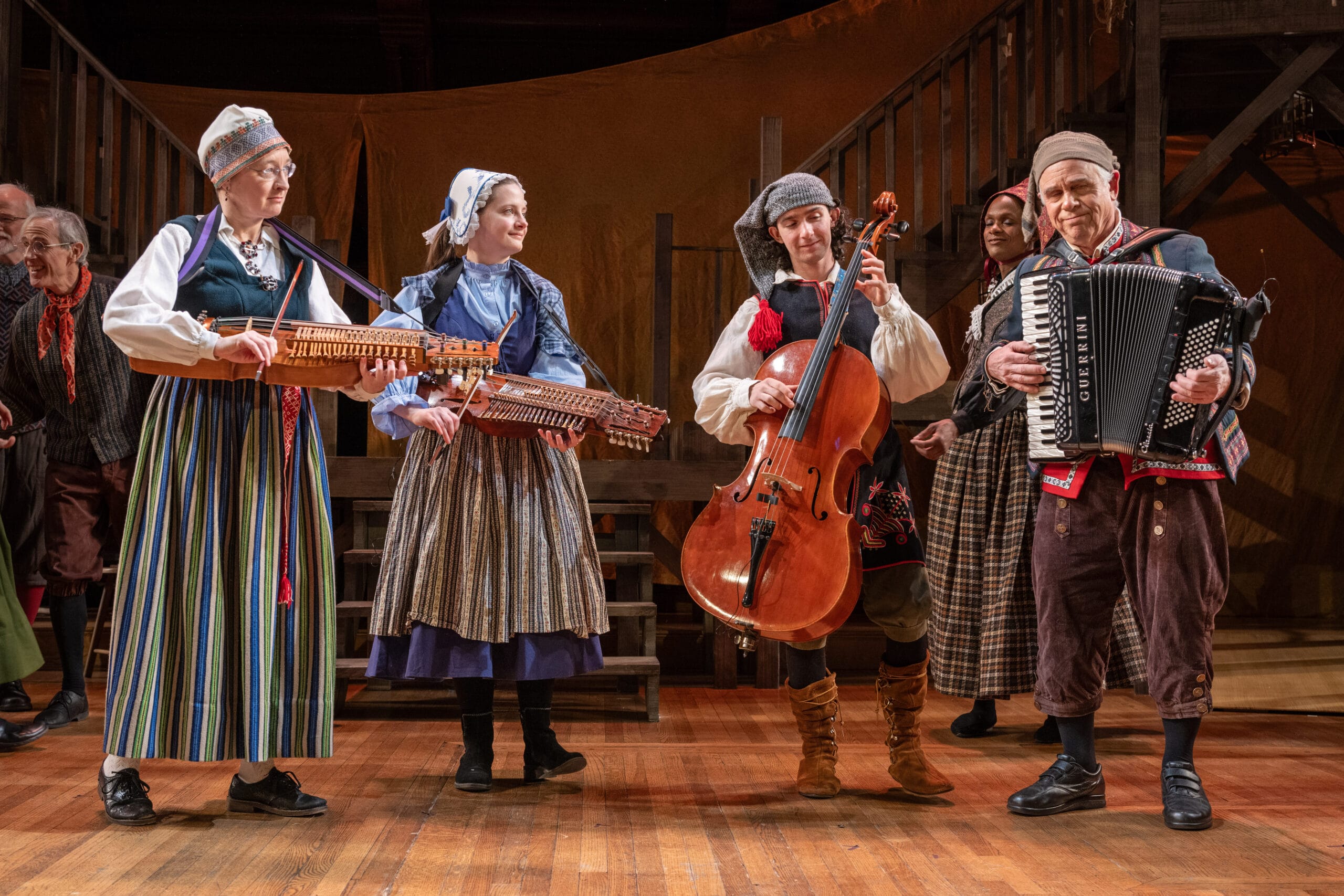
Read More
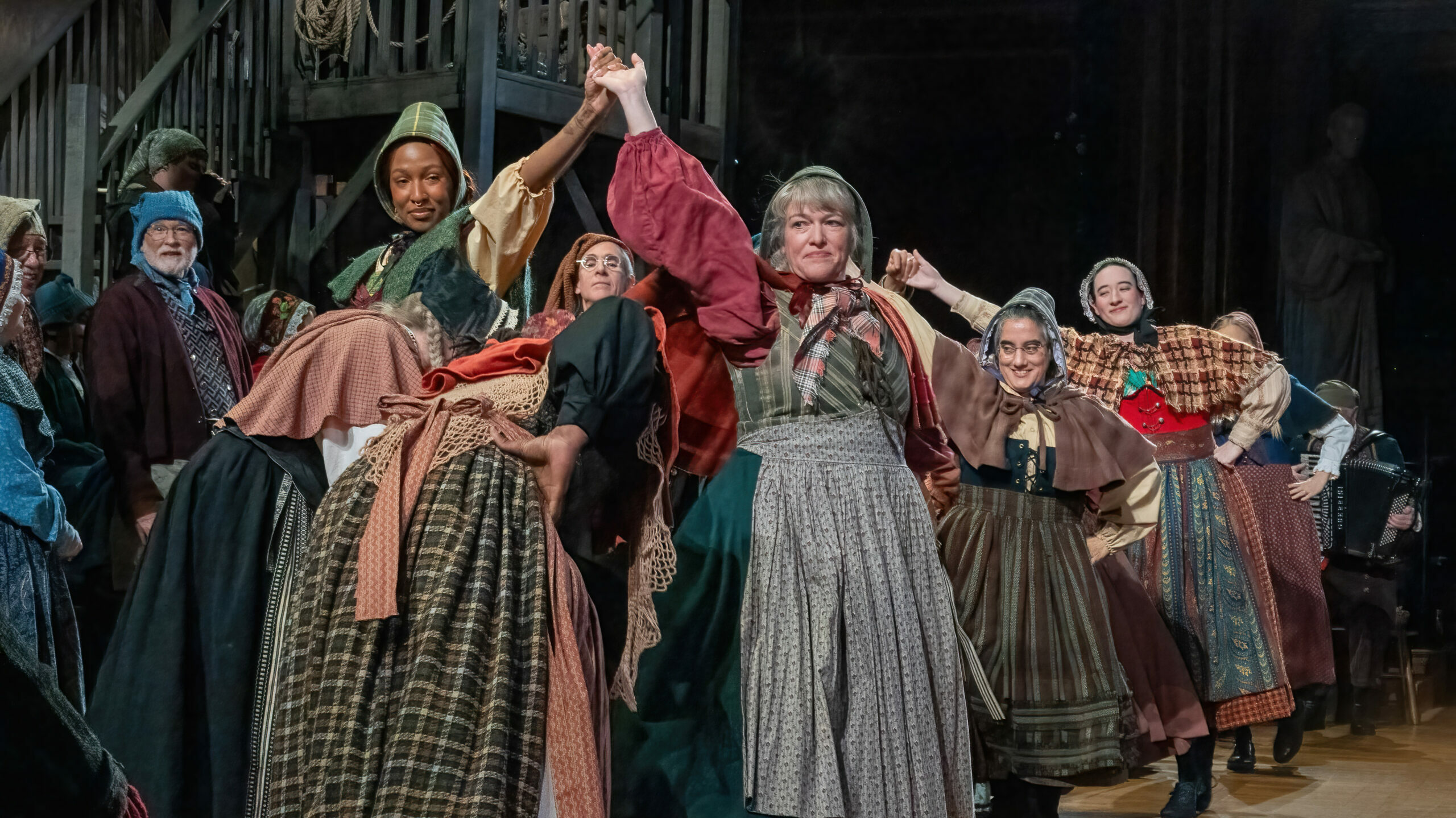
Read More
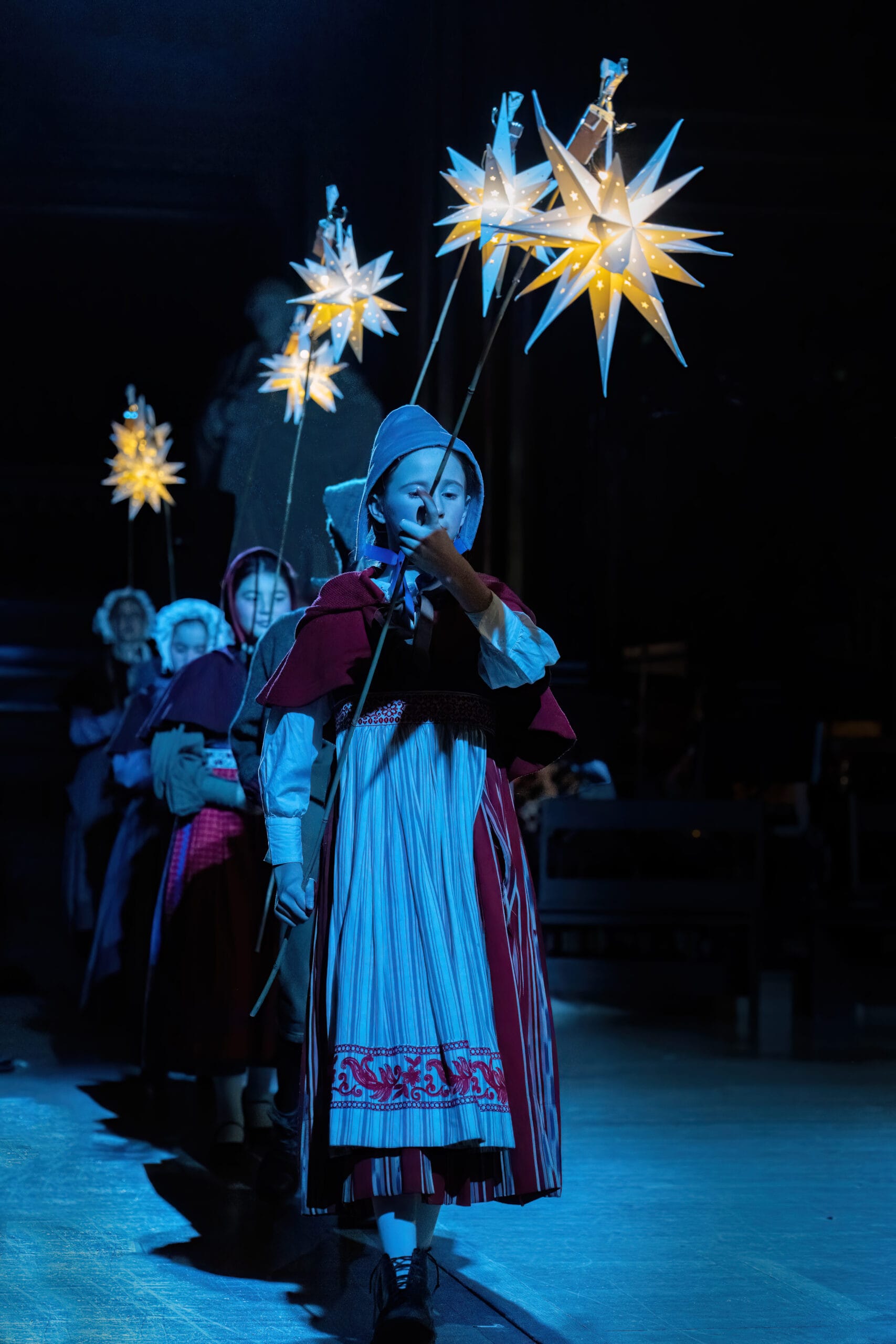
Read More
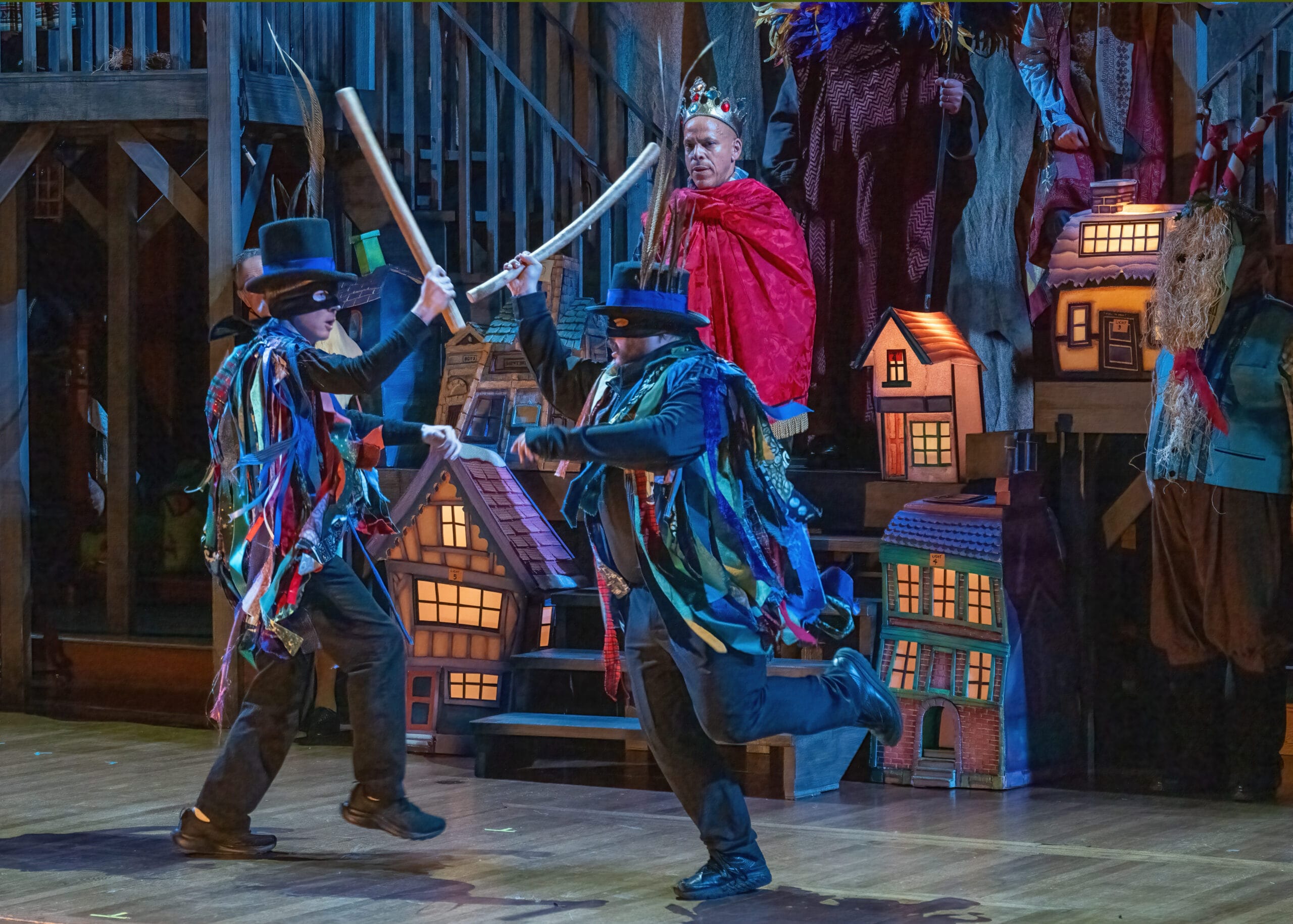
Read More
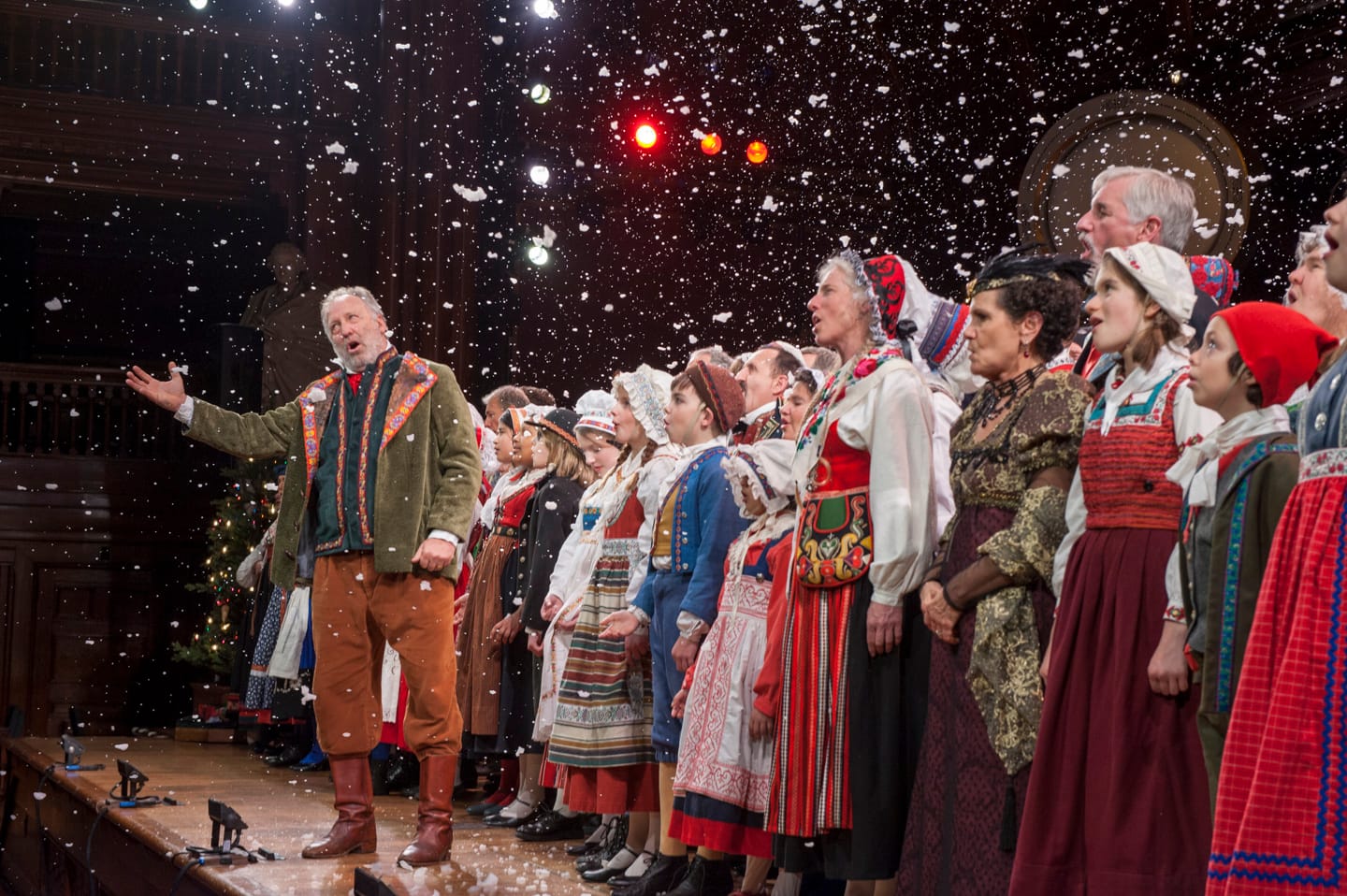
Read More

Read More
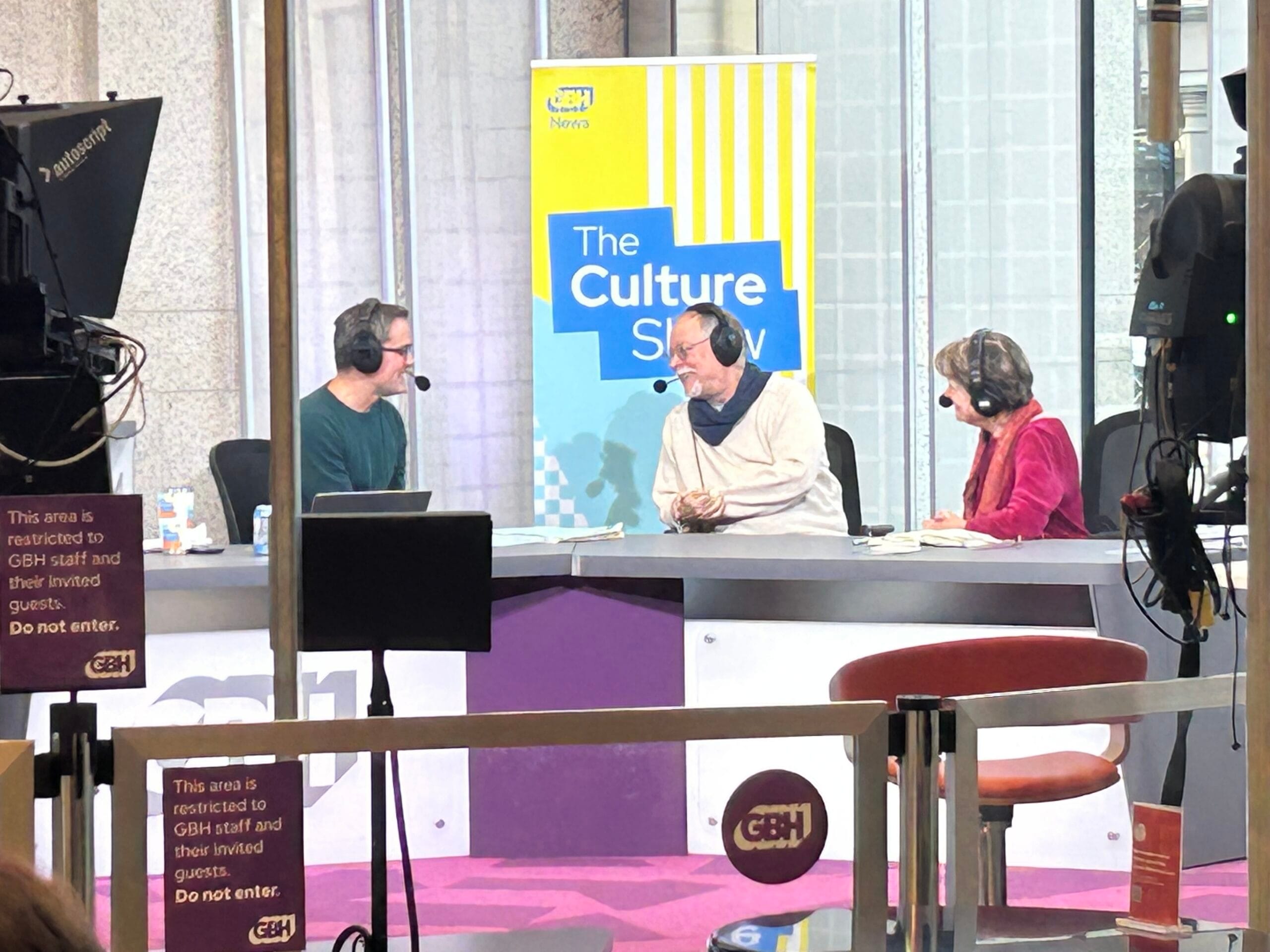
Read More
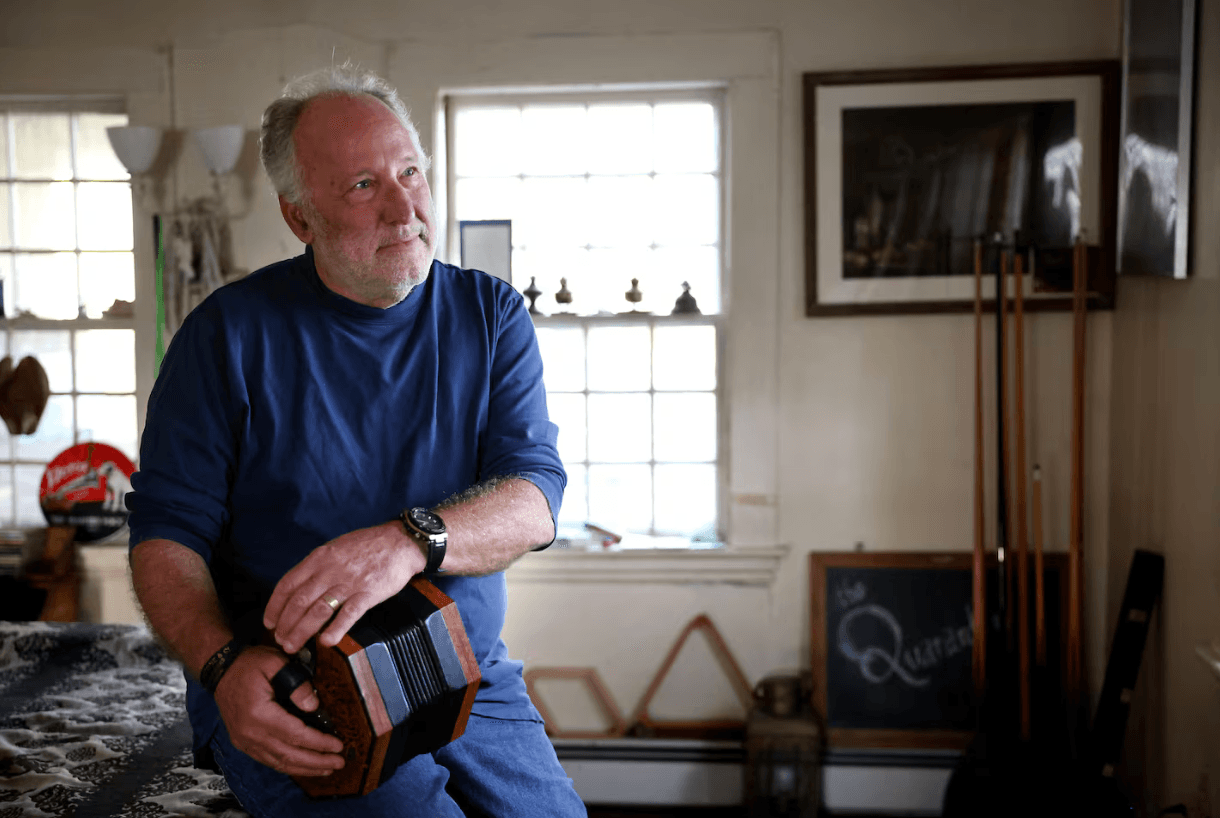
Read More
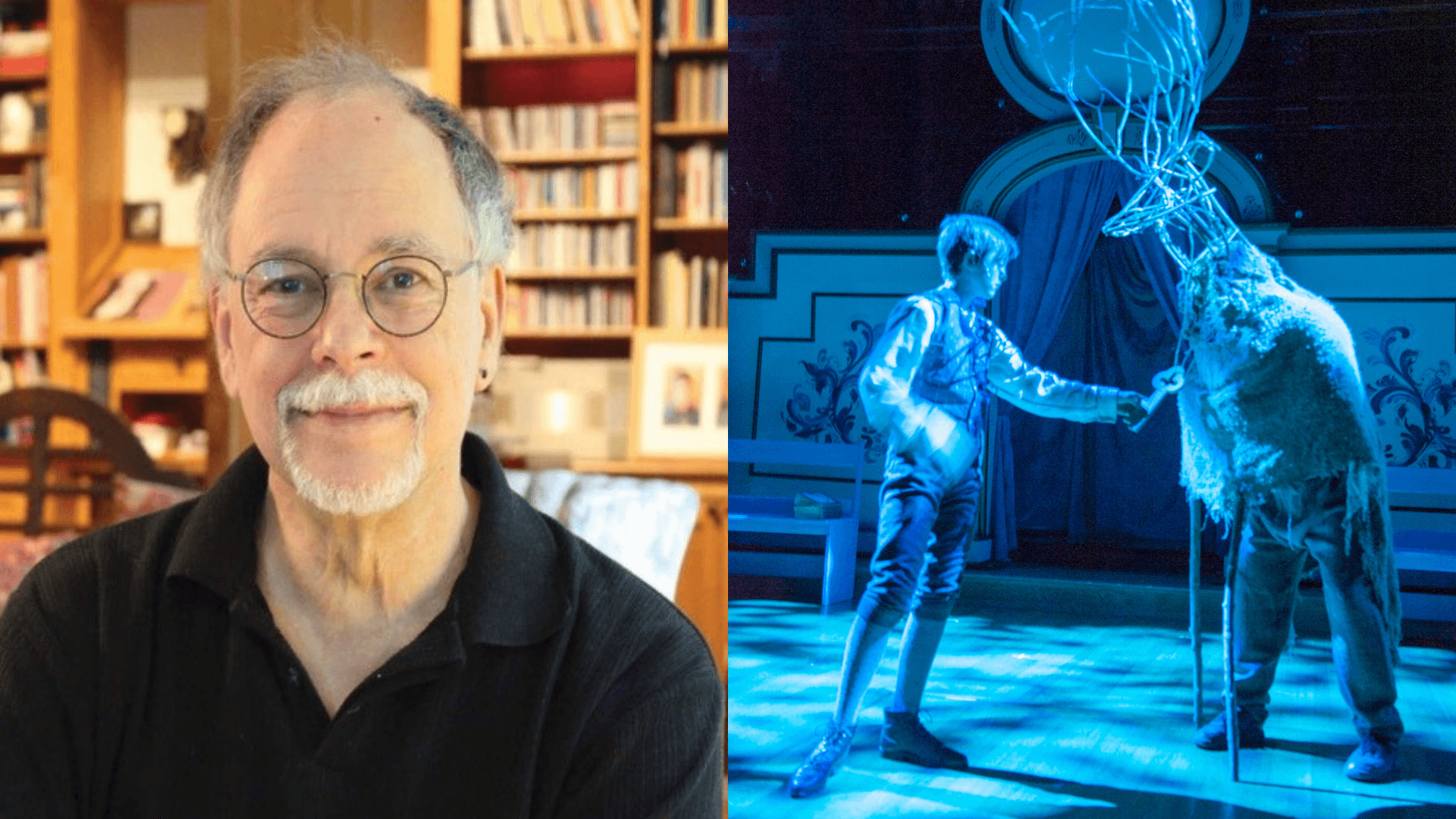
Read More

Read More

Read More

Read More

Read More
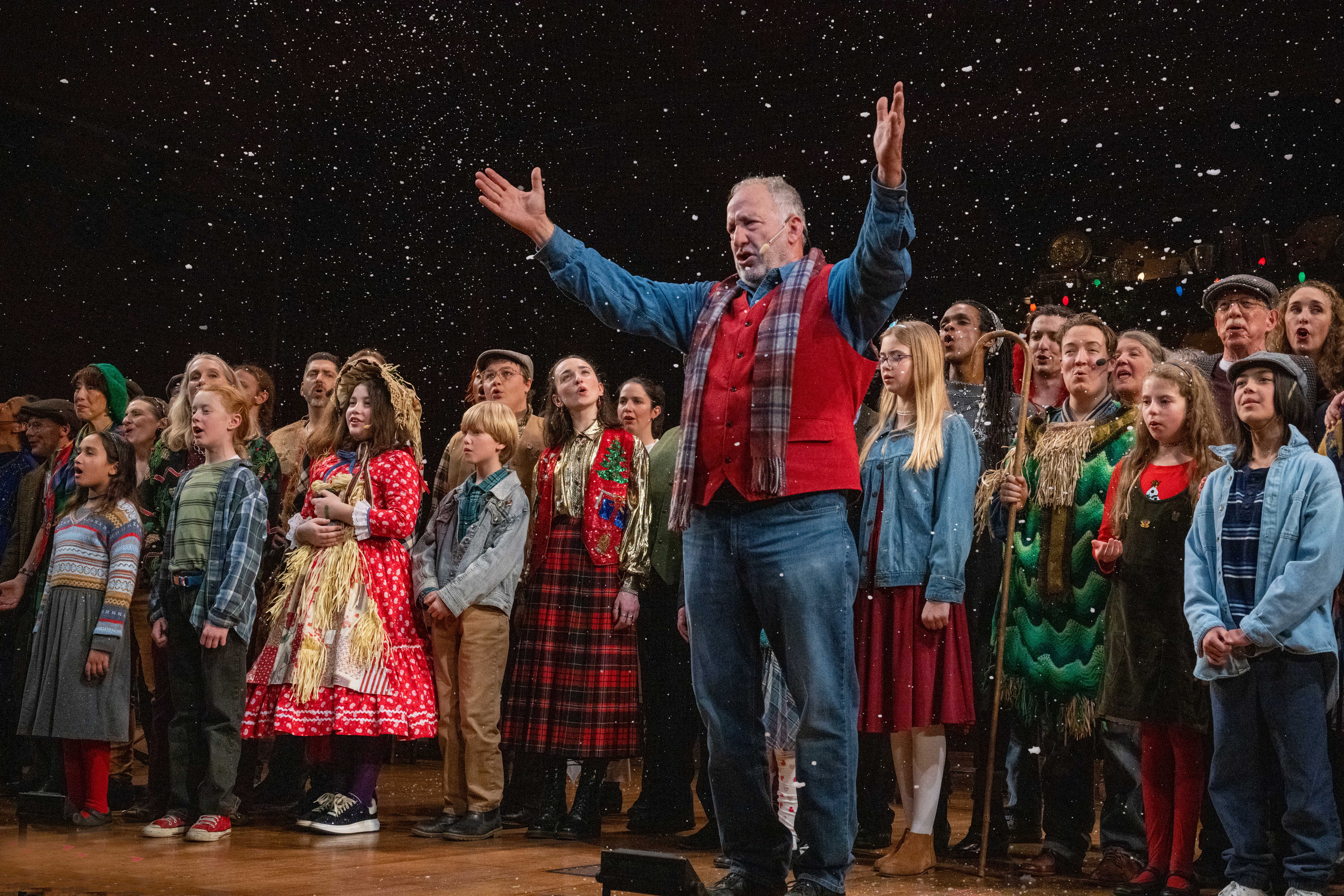
Read More

Read More

Read More

Read More
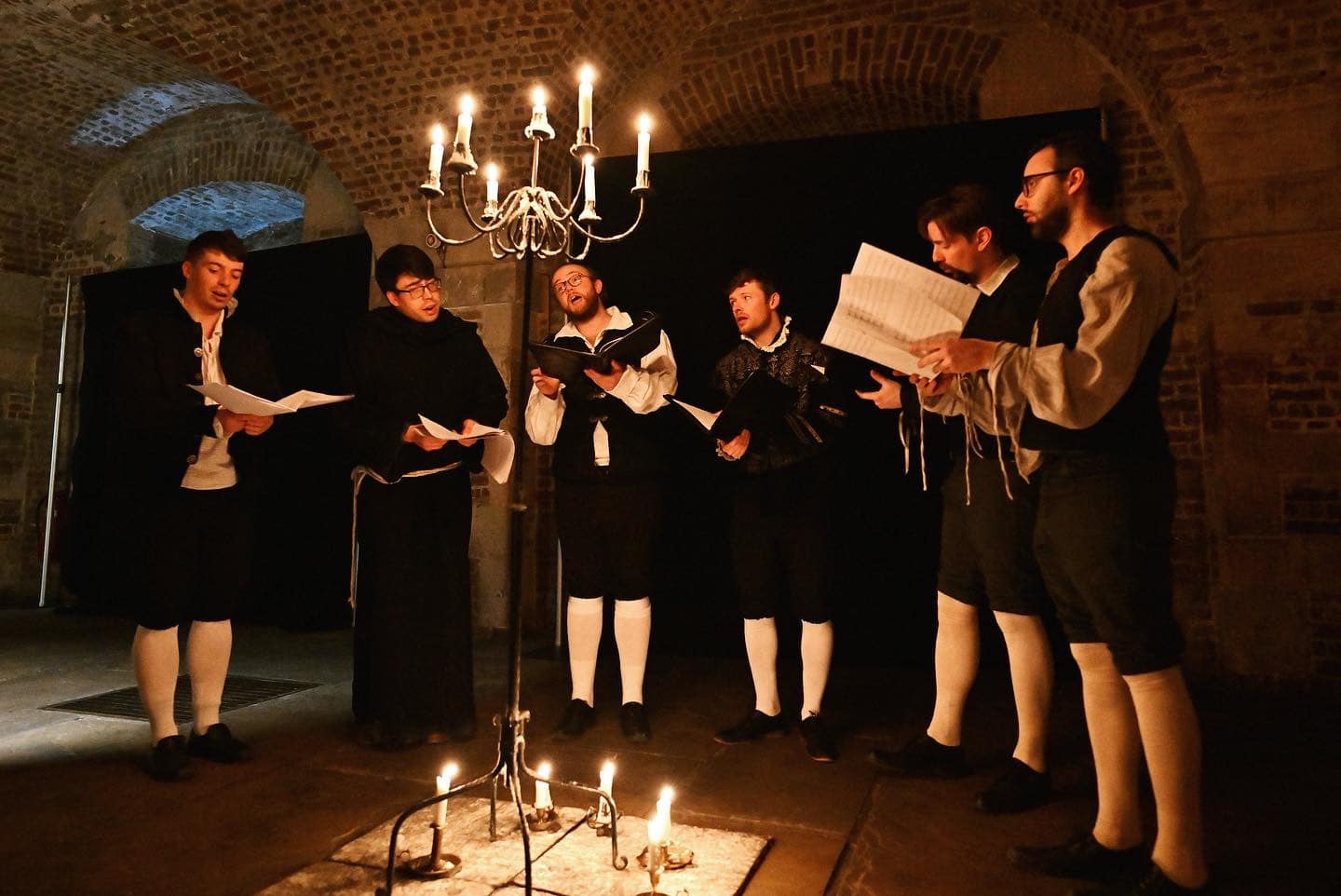
Read More

Read More
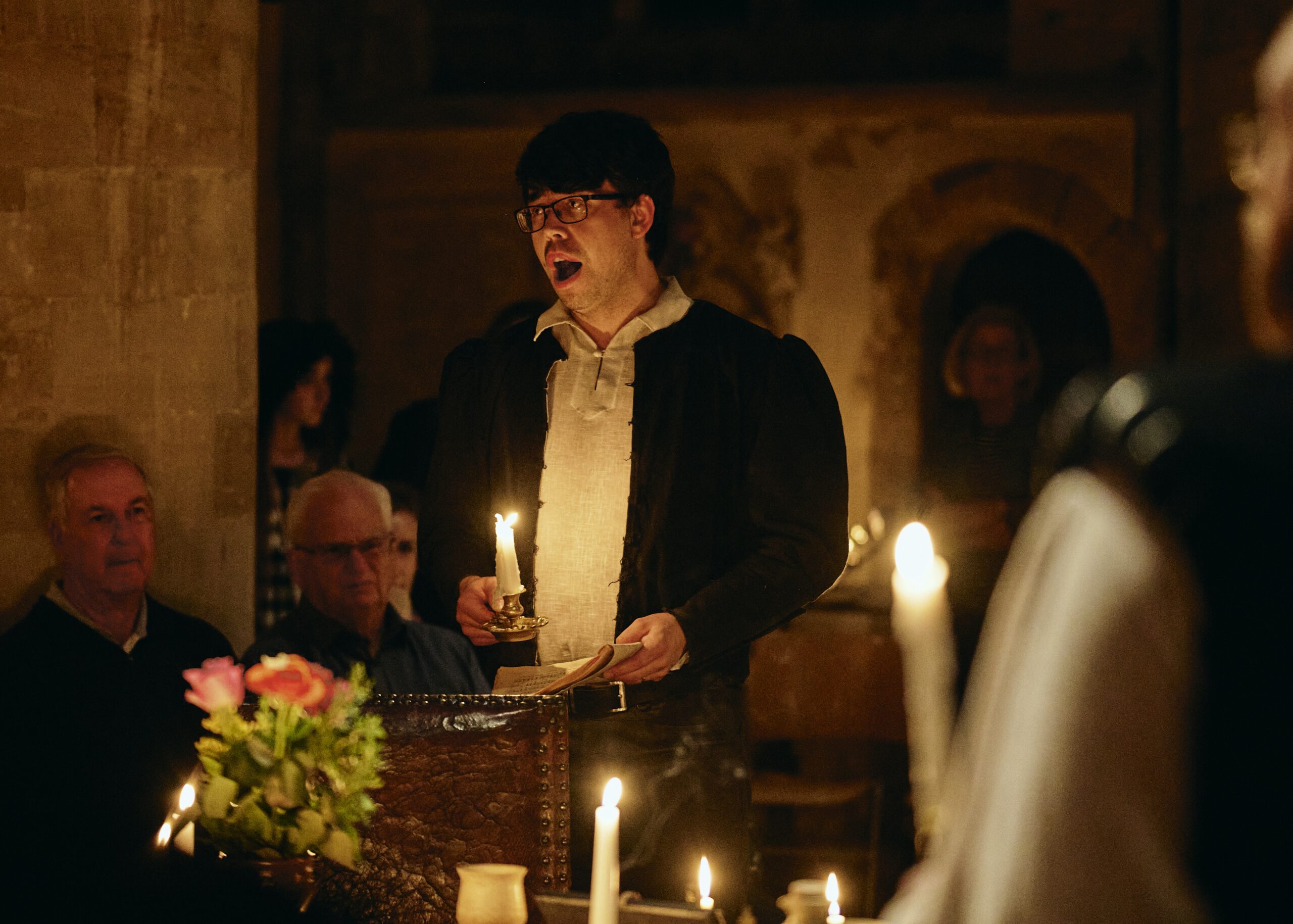
Read More
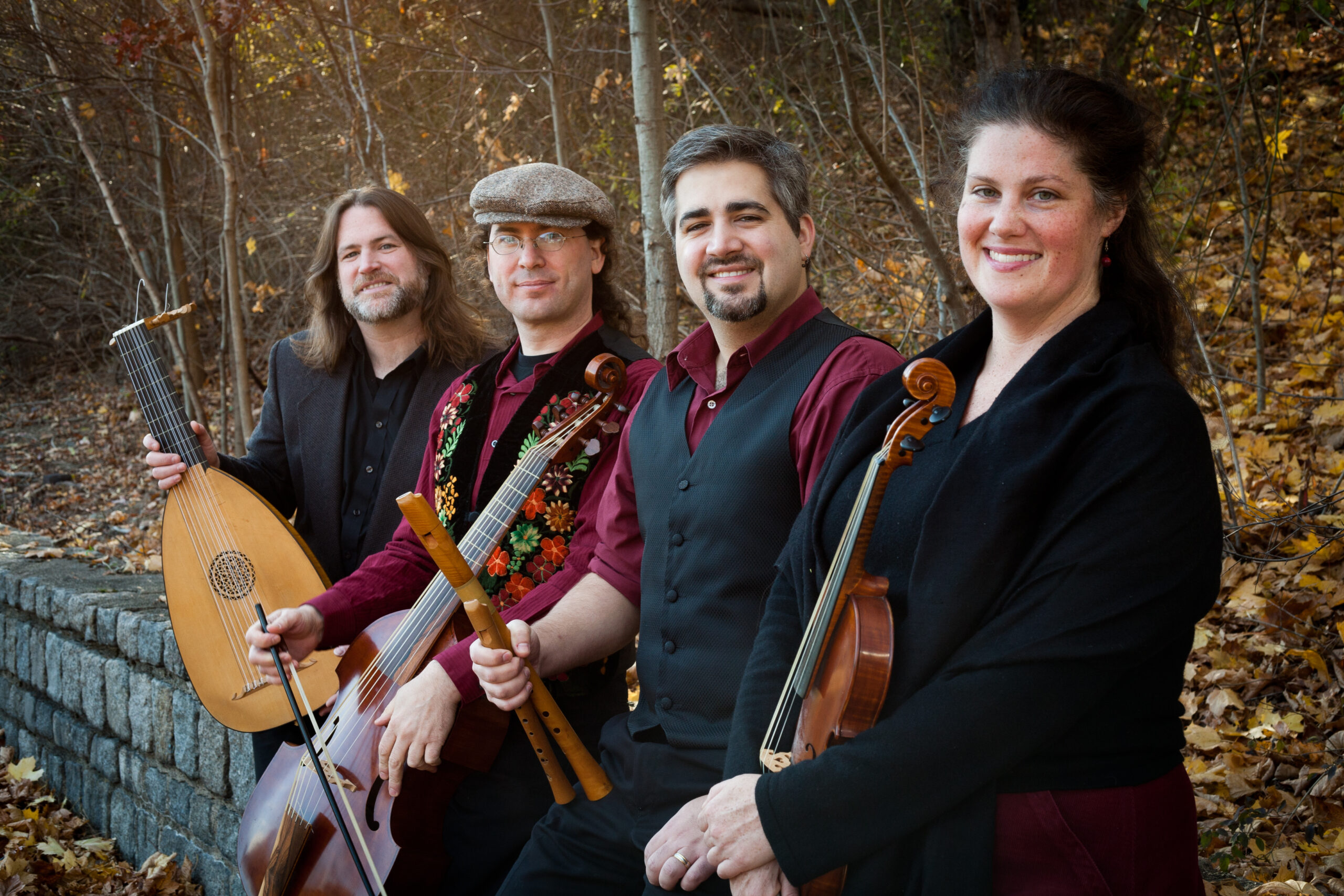
Read More
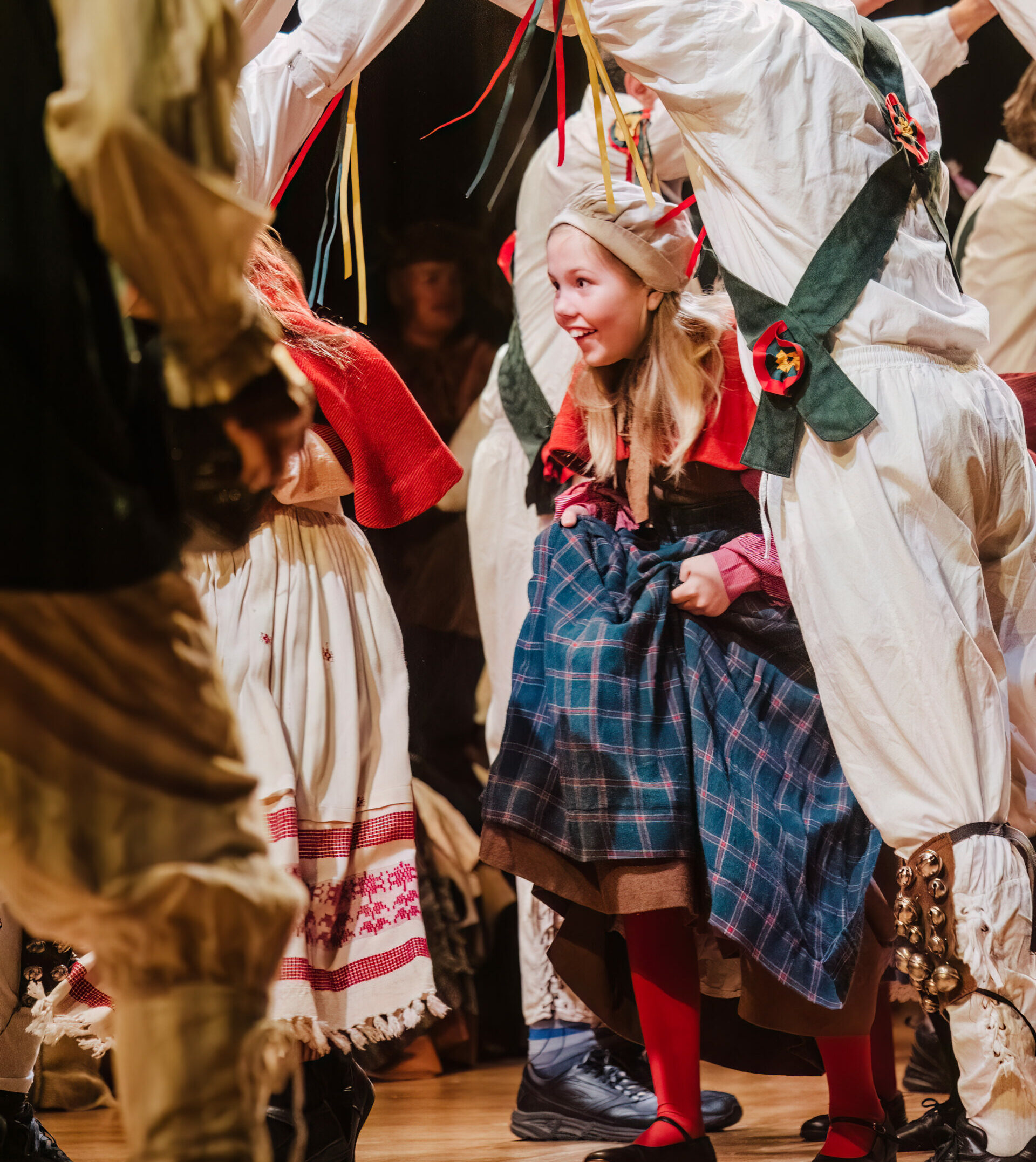
Read More

Read More

Read More

Read More

Read More

Read More

Read More
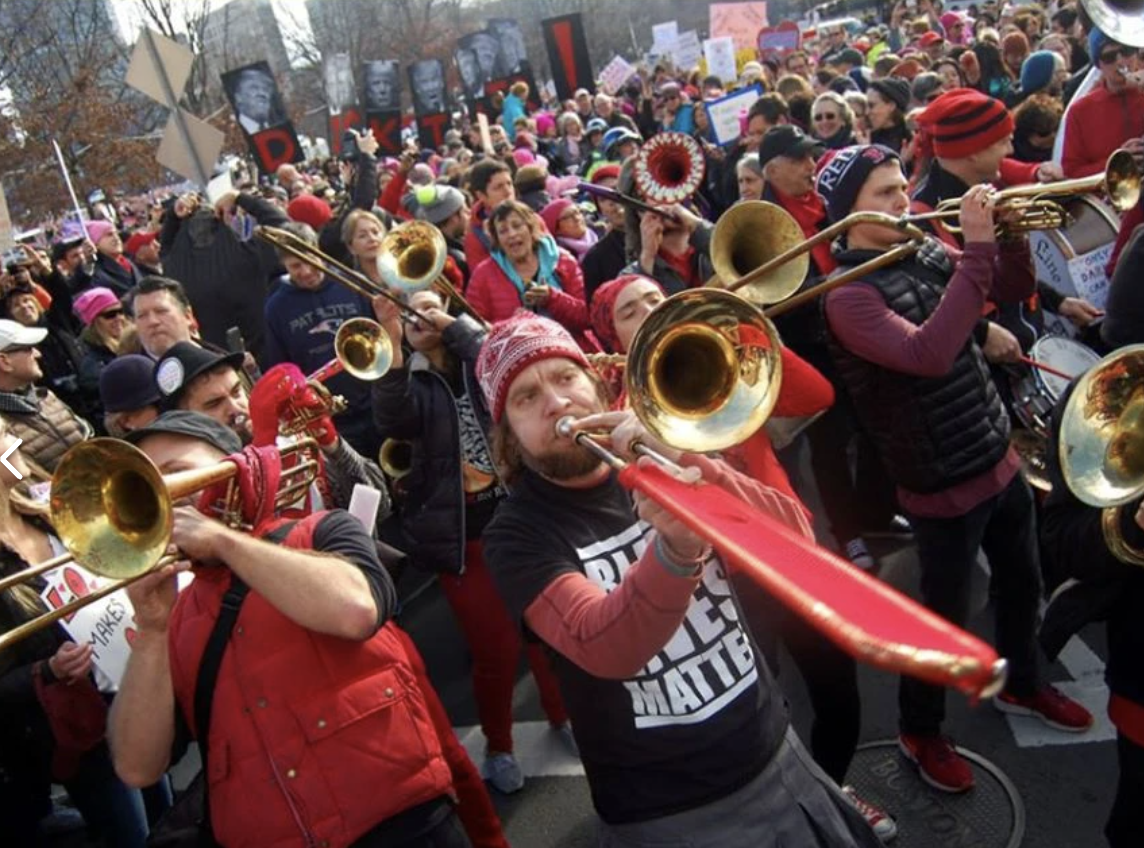
Read More

Read More
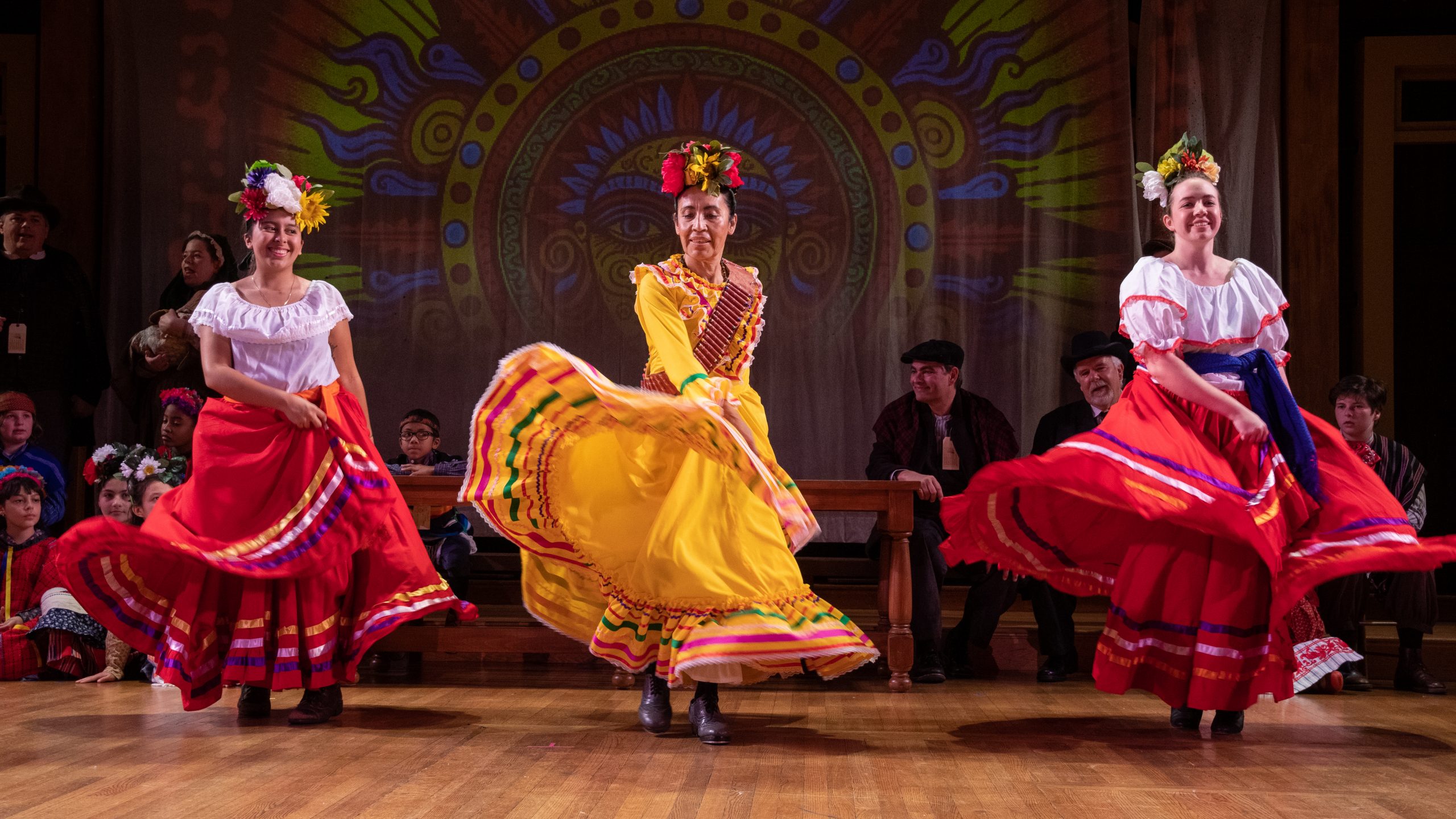
Read More

Read More

Read More

Read More

Read More

Read More

Read More
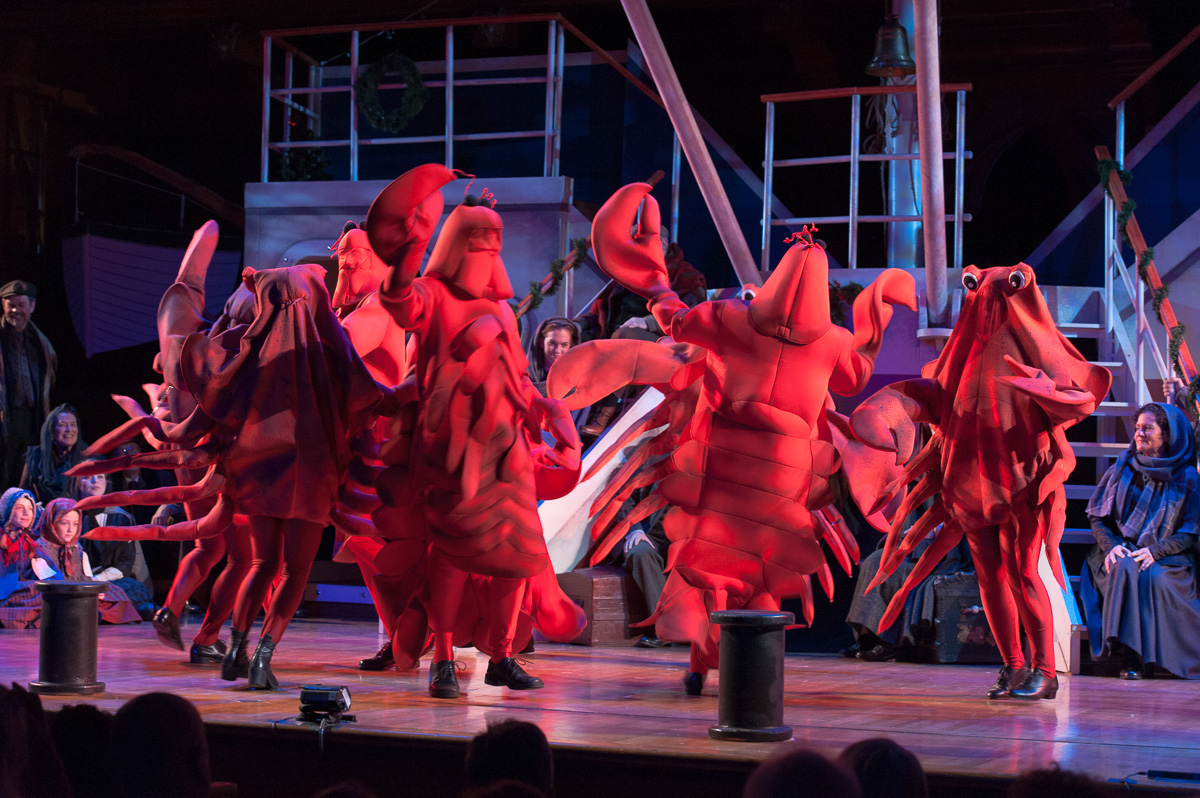
Read More

Read More

Read More

Read More

Read More

Read More

Read More
Read More

Read More
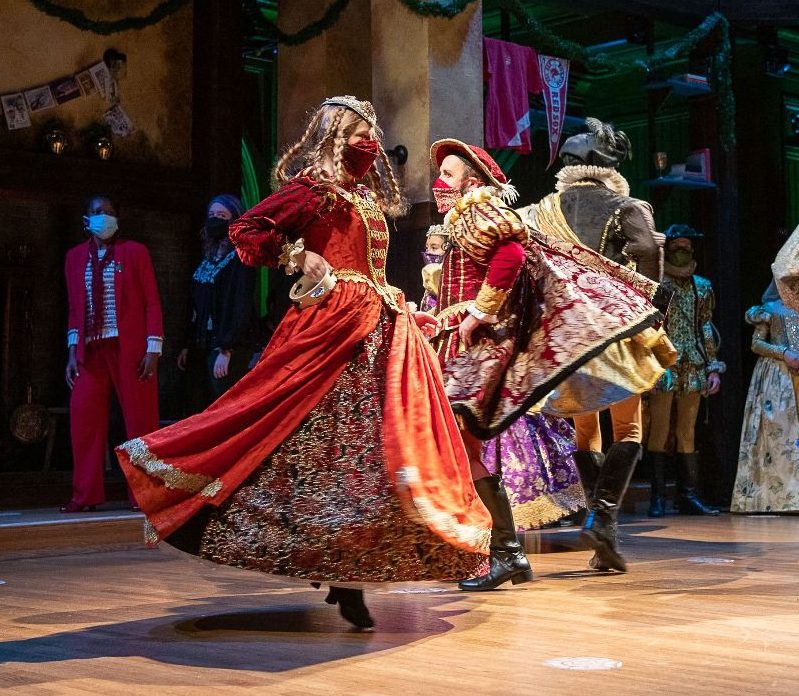
Read More
Read More

Read More
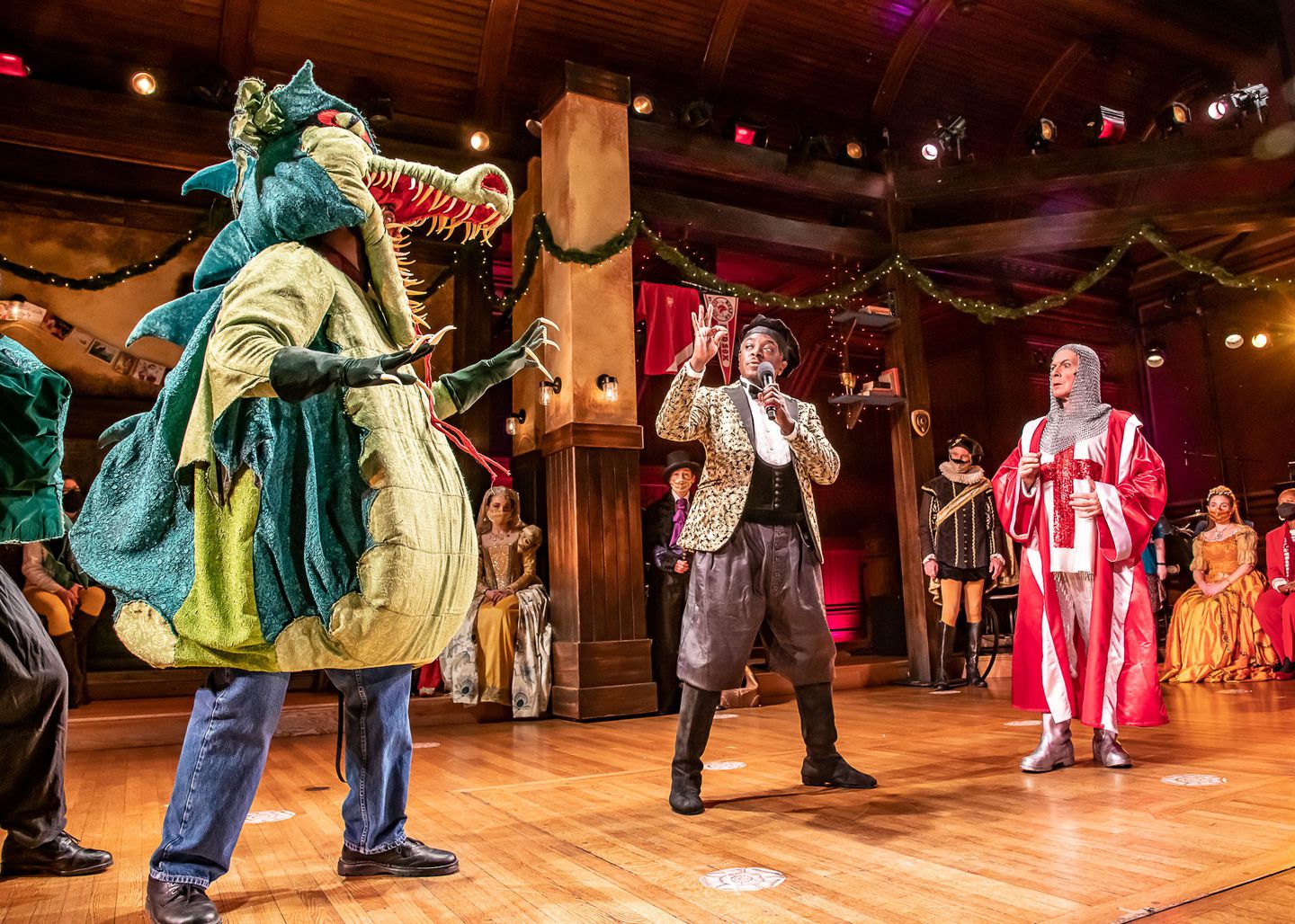
Read More
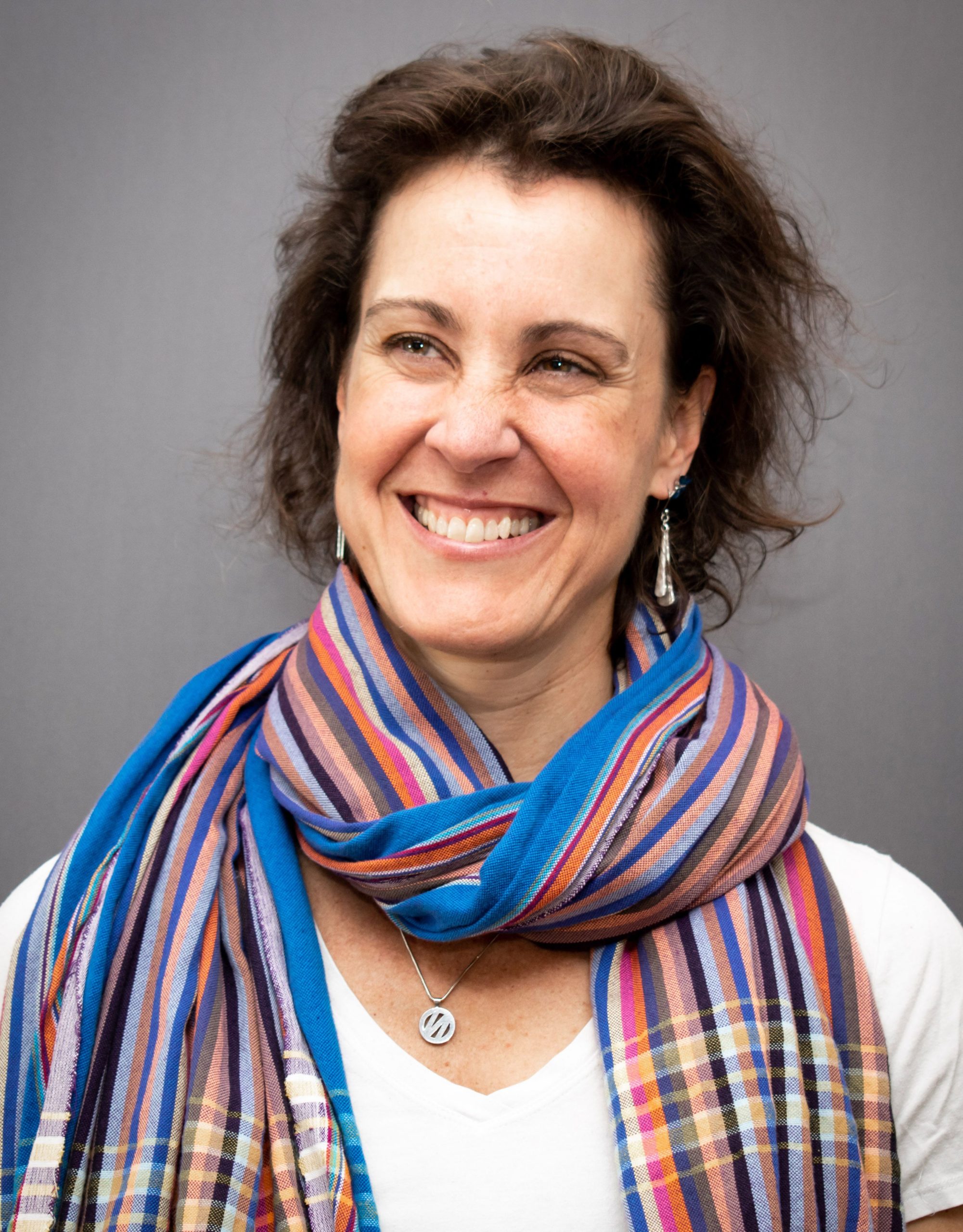
Read More
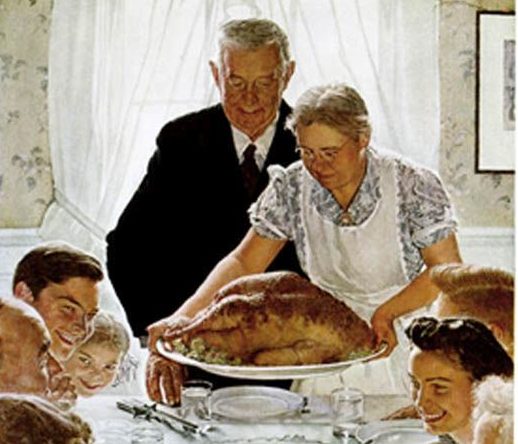
Read More

Read More

Read More

Read More

Read More

Read More
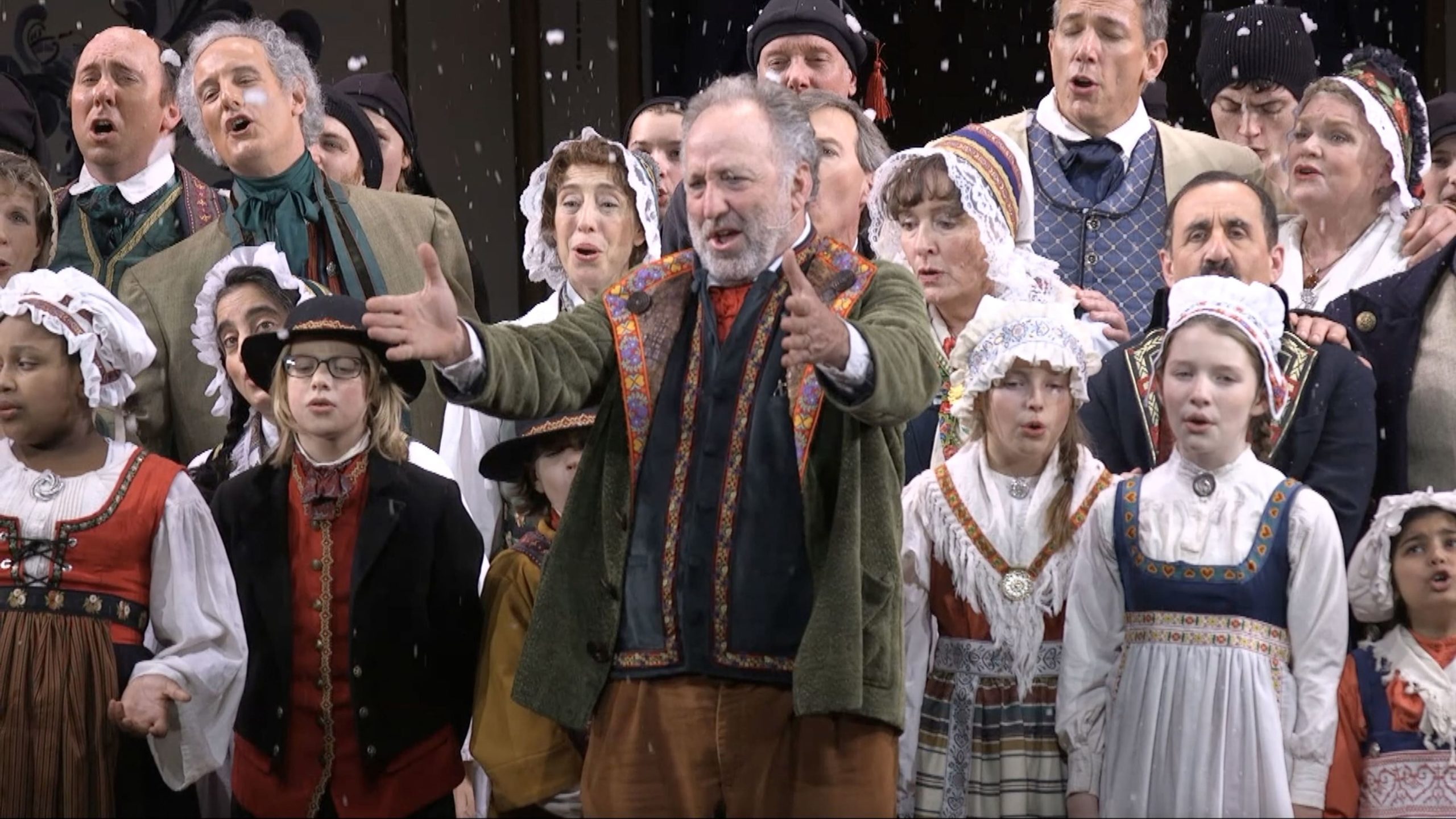
Read More
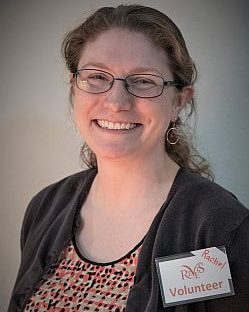
Read More

Read More

Read More

Read More
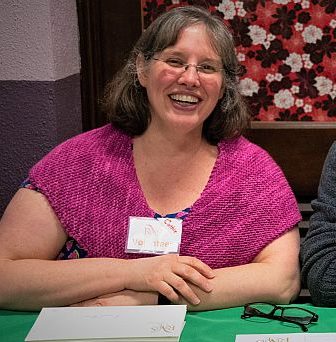
Read More

Read More

Read More

Read More
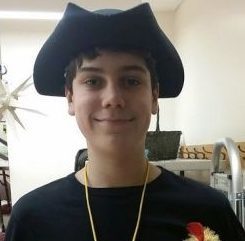
Read More

Read More
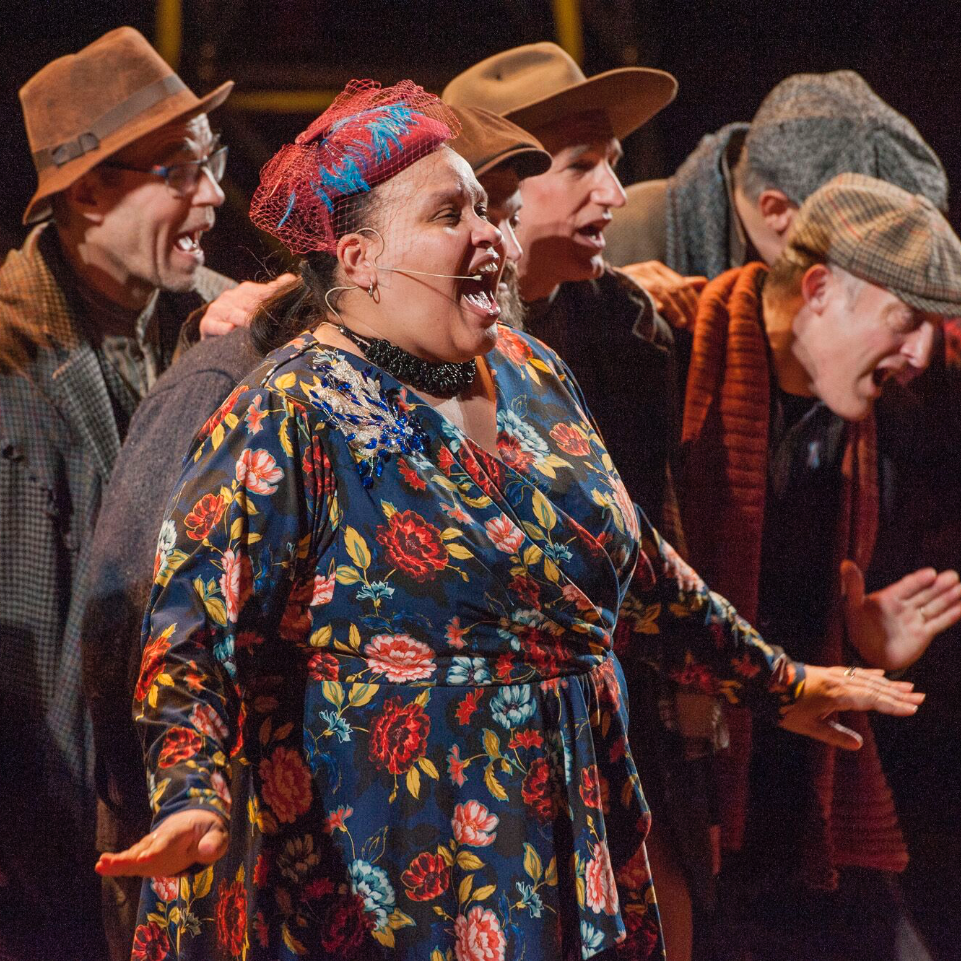
Read More

Read More

Read More
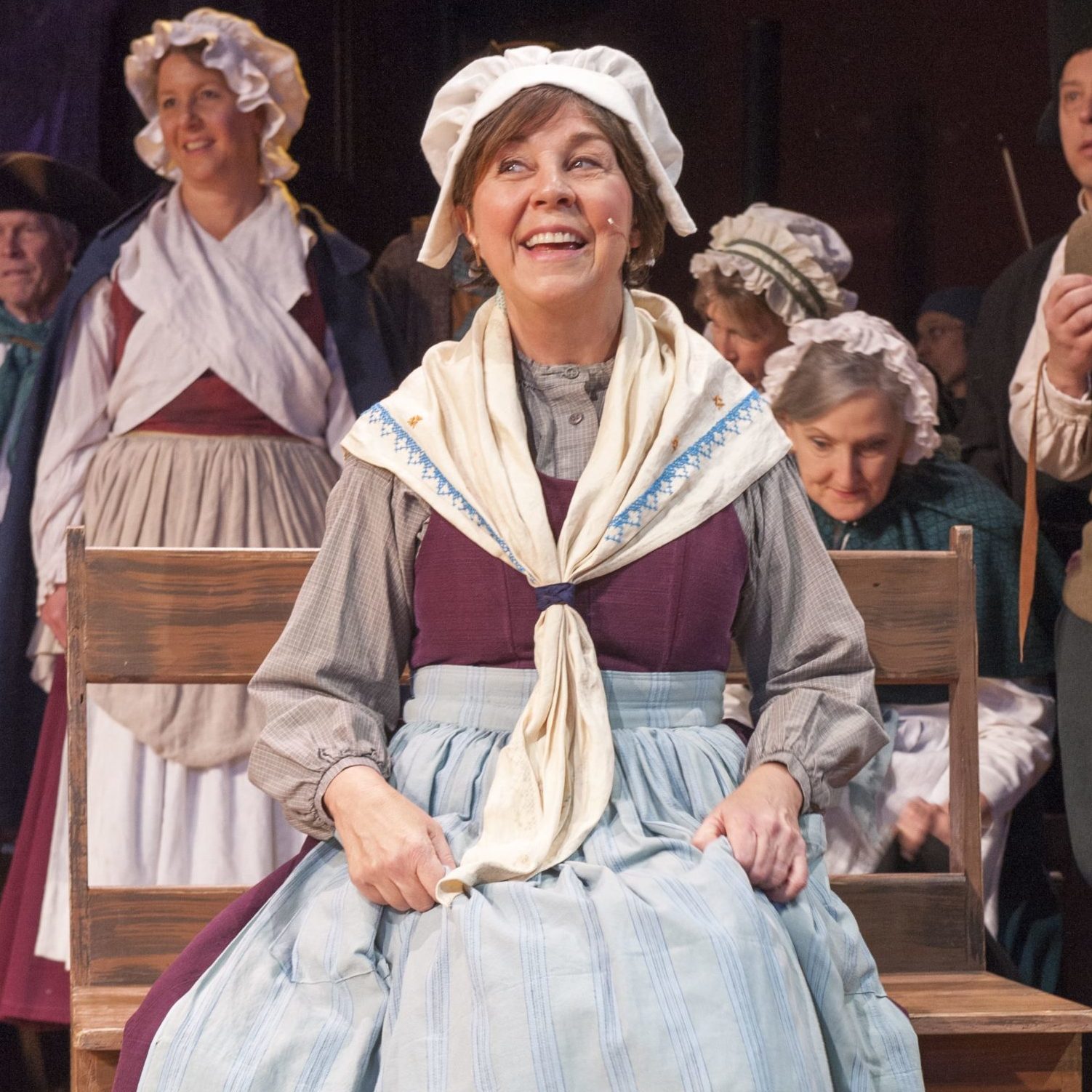
Read More

Read More

Read More

Read More

Read More

Read More

Read More

Read More

Read More

Read More

Read More

Read More

Read More

Read More

Read More

Read More

Read More

Read More

Read More
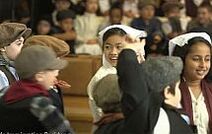
Read More

Read More

Read More

Read More

Read More
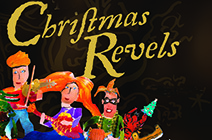
Read More
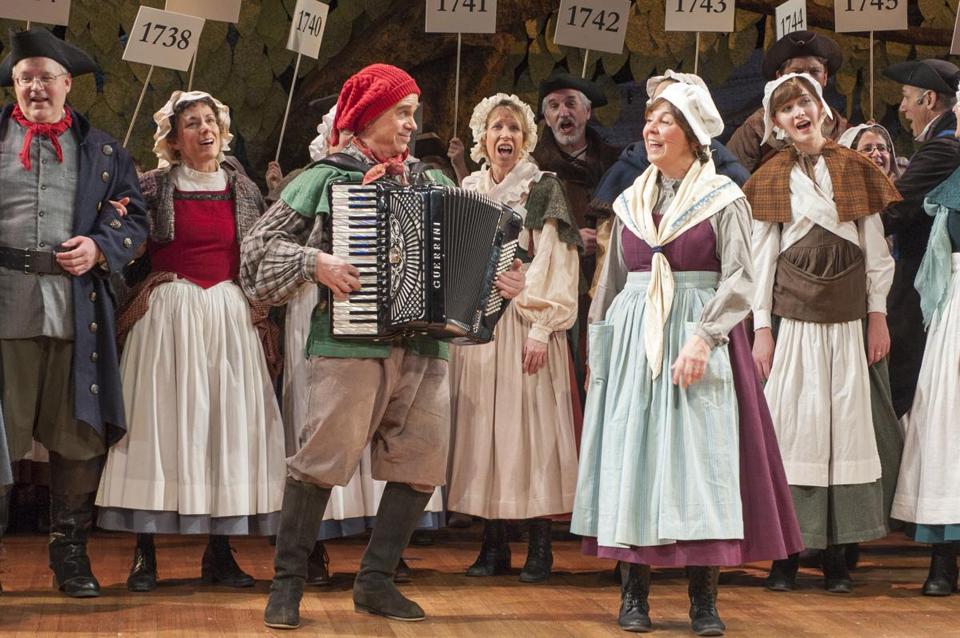
Read More

Read More
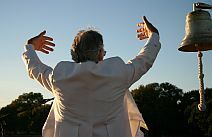
Read More

Read More

Read More

Read More

Read More

Read More

Read More

Read More

Read More

Read More
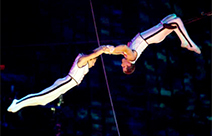
Read More

Read More

Read More

Read More

Read More
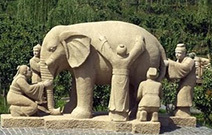
Read More

Read More

Read More

Read More

Read More

Read More

Read More

Read More

Read More

Read More

Read More
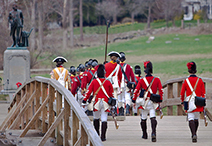
Read More

Read More

Read More
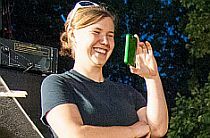
Read More

Read More
